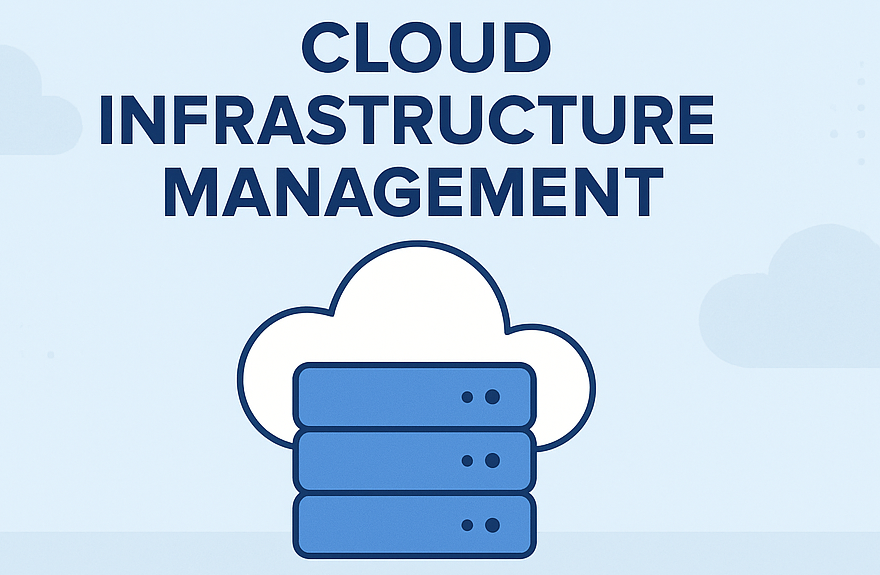
Introduction
Auto Scaling is a vital feature offered by Amazon Web Services (AWS) that allows users to automatically adjust the number of Amazon Elastic Compute Cloud (EC2) instances in response to varying application demand.
What is Auto Scaling?
Auto Scaling is a cloud computing feature that seamlessly adjusts the number of compute resources in a fleet based on predefined conditions. Consequently, it helps maintain application availability, optimize performance, and minimize costs by dynamically scaling infrastructure up or down.
Key Components of Auto Scaling
-
- Auto Scaling Group (ASG): An Auto Scaling group actively manages a logical collection of EC2 instances with similar characteristics as a single entity. Additionally, it sets the minimum, maximum, and desired number of instances, and determines how to launch and terminate instances.
-
- Launch Configuration or Launch Template: A launch configuration or launch template defines the configuration for the EC2 instances launched within an Auto Scaling group. It includes specifications such as the Amazon Machine Image (AMI), instance type, key pair, security groups, and block device mapping.
-
- Scaling Policies: Scaling policies define the conditions under which Auto Scaling should scale the group. There are two types of scaling policies:
-
- Scale Out Policy: This policy adds instances to the Auto Scaling group when demand increases beyond a certain threshold.
-
- Scale In Policy: This policy removes instances from the Auto Scaling group when demand decreases below a certain threshold.
-
- Scaling Policies: Scaling policies define the conditions under which Auto Scaling should scale the group. There are two types of scaling policies:
-
- Health Checks: It continuously monitors the health of instances within the group using health checks. If an instance fails a health check, Auto Scaling terminates it and launches a replacement instance to maintain the desired capacity.
How Auto Scaling Works?
-
- Scaling Triggers: Auto Scaling responds to scaling triggers based on predefined conditions. These triggers can be either scheduled (e.g., scaling up during peak hours) or dynamic (e.g., scaling based on CPU utilization or network traffic).
-
- Evaluation of Scaling Policies: When a scaling trigger occurs, Auto Scaling evaluates the associated scaling policies to determine whether scaling actions are necessary.
-
- Launching or Terminating Instances: Based on the evaluation of scaling policies, Auto Scaling either launches new instances or terminates existing ones to meet the desired capacity.
-
- Maintaining Desired Capacity: Auto Scaling continuously monitors the group’s capacity and therefore adjusts the number of instances to maintain the desired capacity levels.
-
- Health Monitoring: Auto Scaling performs health checks on instances to ensure they are functioning correctly. If instances fail health checks, then they are replaced automatically.
Benefits
-
- Improved Availability: It helps maintain application availability by automatically adjusting capacity to meet demand fluctuations and handle instance failures.
-
- Cost Optimization: By scaling resources based on demand, Auto Scaling helps optimize costs by ensuring that only the necessary resources are provisioned at any given time.
-
- Enhanced Performance: It allows applications to dynamically scale resources to handle increased traffic or workload, thereby improving performance and responsiveness.
-
- Simplified Operations: With Auto Scaling, administrators can automate resource provisioning and management, reducing manual intervention and streamlining operations.
Best Practices
-
- Set Up Proper Monitoring: Utilize AWS CloudWatch to monitor key performance metrics such as CPU utilization, network traffic, and request counts to trigger scaling actions effectively.
-
- Define Effective Scaling Policies: Establish scaling policies based on real-time metrics and anticipated workload patterns to ensure that Auto Scaling responds appropriately to changes in demand.
-
- Regularly Test Auto Scaling Policies: Conduct regular load testing and simulations to validate the effectiveness of Auto Scaling policies and adjust them as needed.
-
- Implement Multi-AZ Deployment: Distribute instances across multiple Availability Zones to improve fault tolerance and ensure high availability.
-
- Monitor Costs: Keep track of costs associated with Auto Scaling activities and adjust configurations as necessary to optimize cost-efficiency.
Conclusion
Auto Scaling on Amazon EC2 is a powerful feature that ultimately enables users to dynamically adjust compute resources in response to changing demand. Moreover, by automating resource provisioning and management, Auto Scaling enhances application availability, optimizes performance, and reduces operational overhead. Therefore, understanding the key components, working principles, and best practices for implementing Auto Scaling is essential for effectively leveraging this capability to build scalable and resilient cloud-based applications.
Also read our blog post on Amazon EC2.
What’s Next?
We’re here to support you! Should you have any questions or need assistance, don’t hesitate to get in touch with us. Contact us at info@uranuscloudsolutions.com and we’ll be happy to help. Your satisfaction is our priority!.


